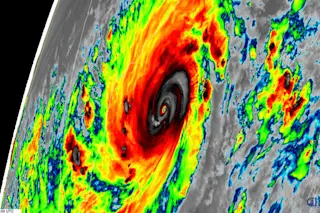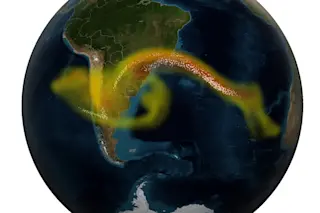Even as they struggle to cope with the coronavirus pandemic, millions of people in India and Bangladesh are bracing for Amphan.
The dangerous tropical cyclone is bearing down on the border between the two countries and is expected to come ashore on Wednesday evening, not far from Kolkata. The Indian city of 14 million people is a mere 60 miles north of the coast.
Tropical Cyclone Amphan swirls in the Bay of Bengal, as seen in this animation of images acquired by the Meteosat-7 satellite on Tuesday, May 19. (Credit: CIMSS/SSEC University of Wisconsin-Madison)
CIMSS/SSEC University of Wisconsin-Madison
The storm, which exploded to Category 5 strength on Sunday, has since weakened somewhat. And its eye is no longer as clearly visible as it was on Monday, when the super cyclonic storm was roaring with winds in excess of 150 mph.
Even so, Amphan is forecast to charge ashore with winds ...














